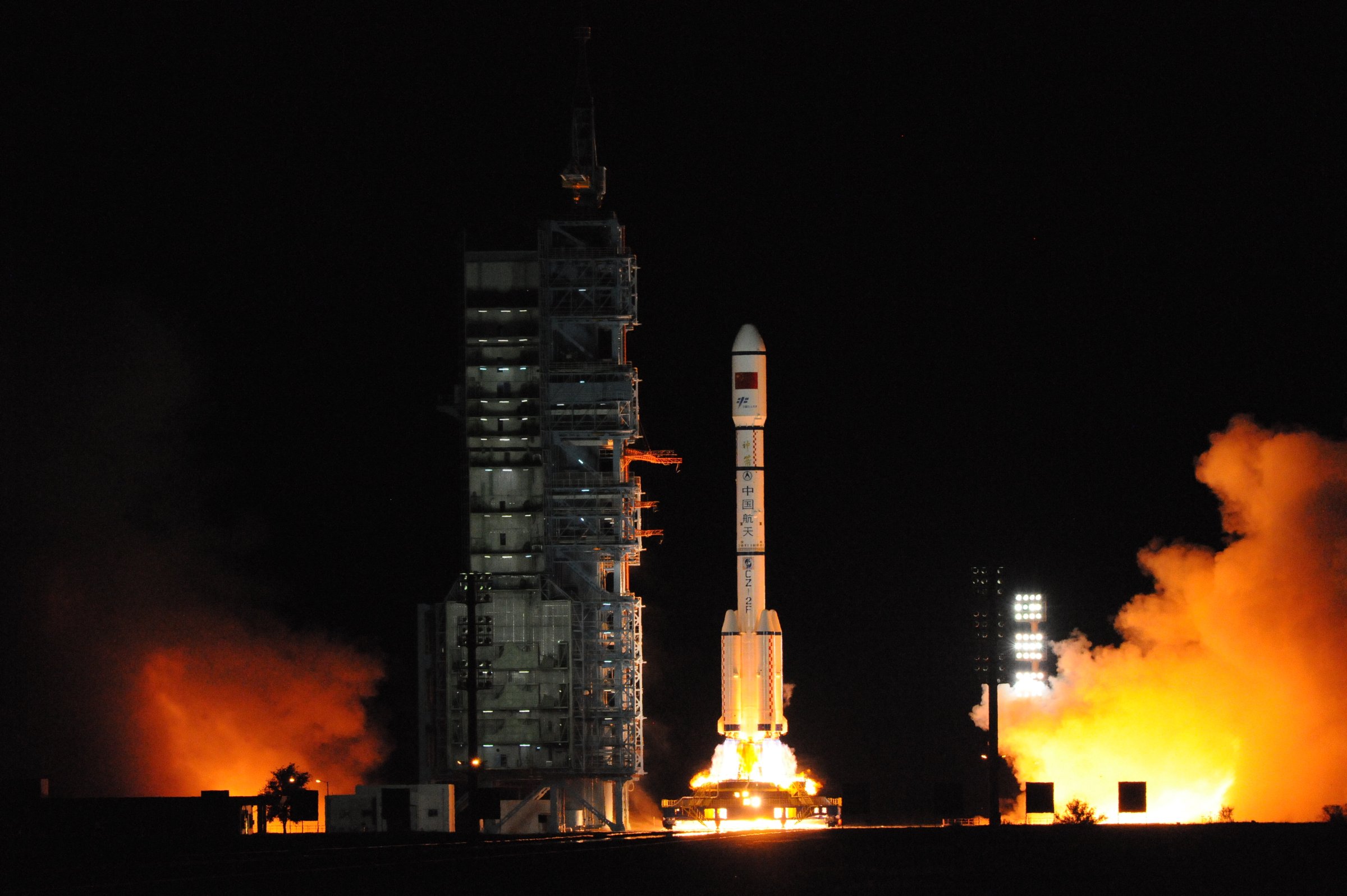
China launched a cache of Cabernet Sauvignon, Merlot and Pinot Noir vines into space on the orbiting Tiangong-2 lab during this year’s Mid-Autumn Festival on Sept. 15, in an experiment that hopes to yield a sturdier plant by exposing them to the harsh climates and radiation of space.
According to DecanterChina.com, scientists hope the experiments will create a vine that is more drought, cold, and virus resistant making the vines more suitable for Chinese weather.
The auspicious launch date is perhaps a nod to Chinese Mid-Autumn Festival folklore, as legend tells the story of the moon goddess, Chang’e, levitating all the way in to space after getting drunk on the “elixir of life.”
China’s burgeoning vineyards — particularly in the Ningxia and Xinjiang regions — are marred by arid climates. Farmers often bury their plants during winter months to protect them from freezing over.
The National Space Administration told Decanter China that when the vines are returned to earth they will be compared to a control group grown in the Ningxia region.
According to a report by International Wine & Spirit Research, a London-based industry research group, China is the fifth largest red-wine market in the world. Despite the country’s slowing economic growth, industry groups still see moderate growth in China’s wine market, particularly among affluent millennials who are driving the country’s relatively new demand.
More Must-Reads from TIME
- Cybersecurity Experts Are Sounding the Alarm on DOGE
- Meet the 2025 Women of the Year
- The Harsh Truth About Disability Inclusion
- Why Do More Young Adults Have Cancer?
- Colman Domingo Leads With Radical Love
- How to Get Better at Doing Things Alone
- Michelle Zauner Stares Down the Darkness
Contact us at letters@time.com